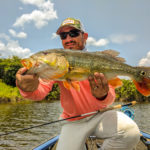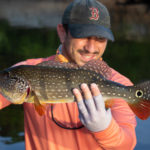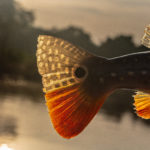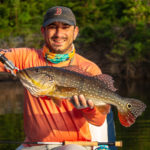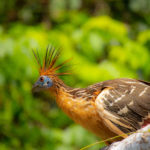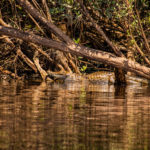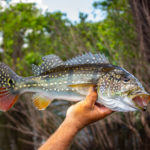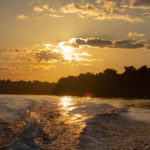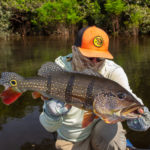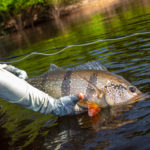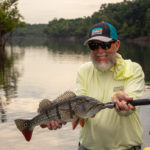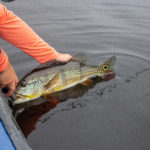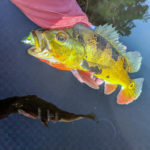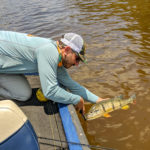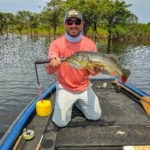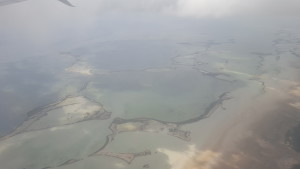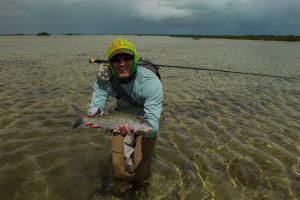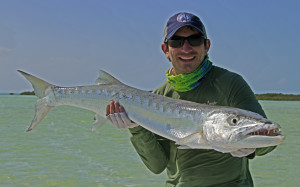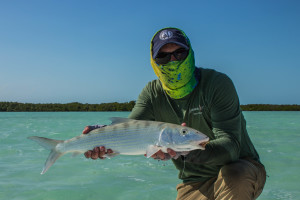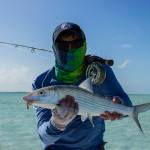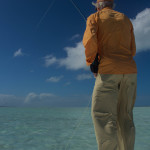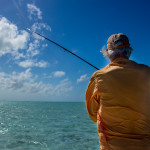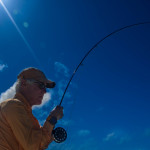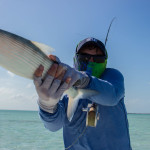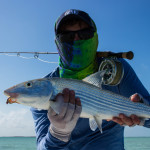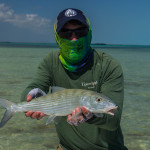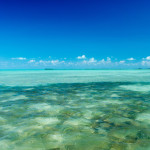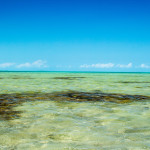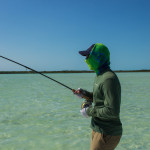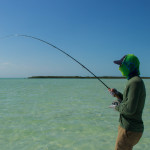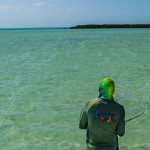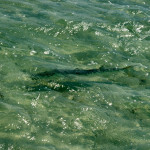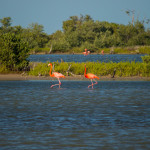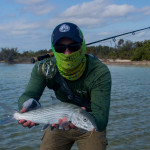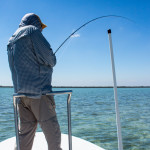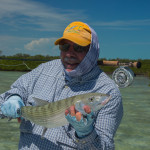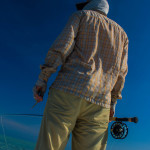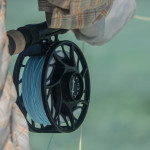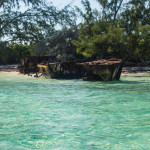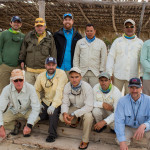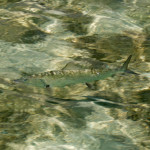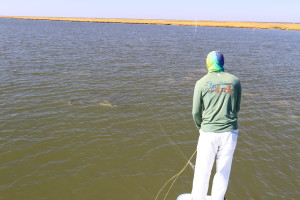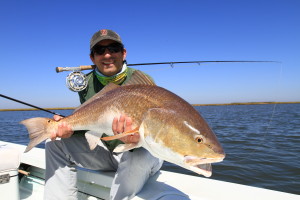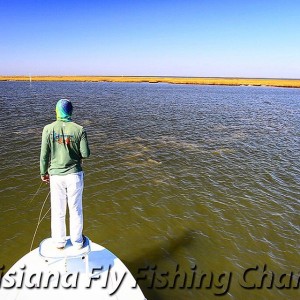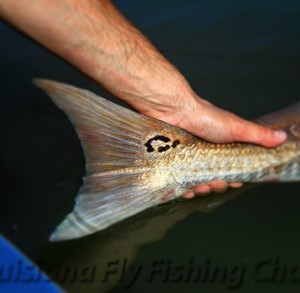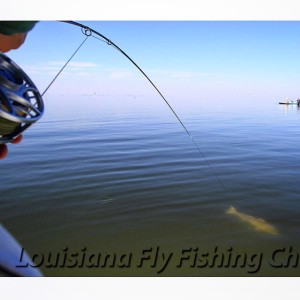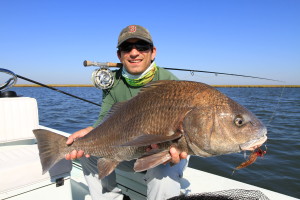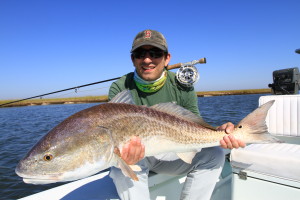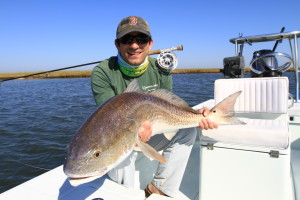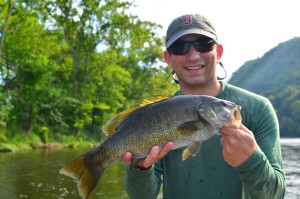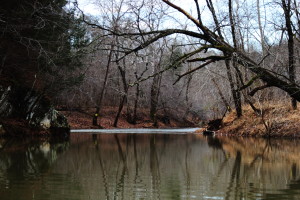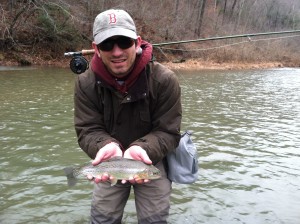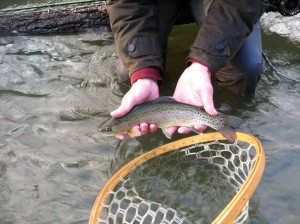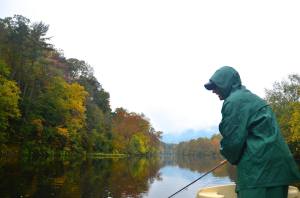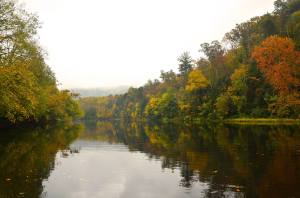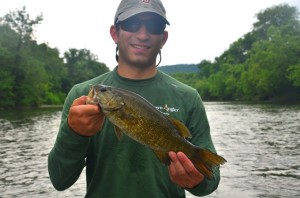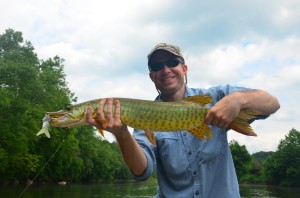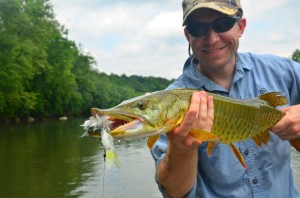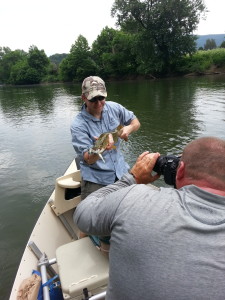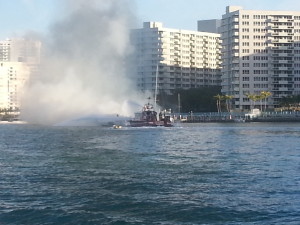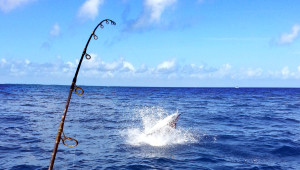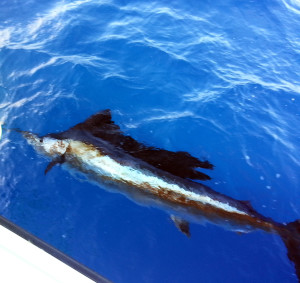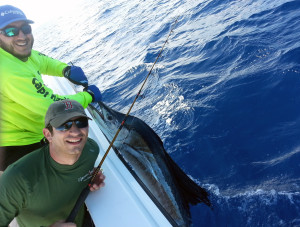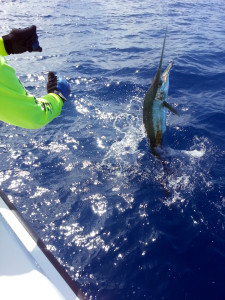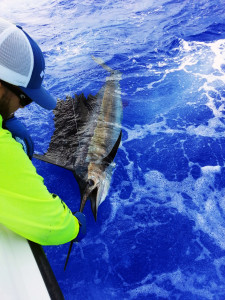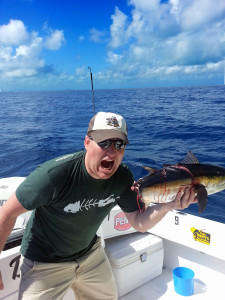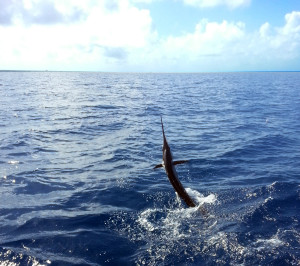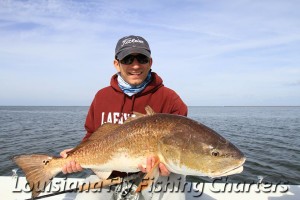The timing was perfect. I was trying to figure out where to take my next fishing trip when my phone rang. It was Matt Miles, from Matt Miles Fly Fishing in Lynchburg, Virginia. He was telling me about the trip he just came back from, chasing Peacock Bass in the Amazon Rainforest in Brazil and how incredible the experience was. The best news came next: he was going to be hosting a trip the following season with the operator, Michael Williams of Nomadic Waters. I immediately jumped on the opportunity and sent in my deposit.
Fast forward a year, and the trip I anxiously awaited was finally here. Getting into the rainforest is not a quick process. We flew into Manaus, spent a night in the city, then back to the airport where we took a charter flight to an air strip in a small town. We then caught our yacht, which spent the night going up river to the fishing grounds. The views were incredible, and the excitement only built further. The biggest surprise, though, was the appetizers we were served on the boat. They were absolutely delicious, and were just a preview of the incredible meals we’d be having for the rest of the week. Have you ever known anyone that can serve potatoes cold, yet make them so good that people are fighting over the last one? I hadn’t either. Seriously – this food wasn’t just good for a fishing trip, it was legitimately outstanding!
On to the fishing – that’s why you’re here anyway, isn’t it? From the yacht, we split 11 fishermen onto 6 bass boats. The fishing can be summed up in one word: wow. I hooked my first peacock bass almost immediately. It wasn’t a huge fish, but I’ve never had a fish fight like that one. Many say that a 2 lb smallmouth bass fights like a 5 lb largemouth bass. Well, I argue that a 2 lb peacock bass fights harder than a 5 lb smallmouth. Now, imagine that 5 lb peacock bass are not uncommon, and there were plenty of 10-15 pound fish caught this trip.
The first morning we put 29 fish in the boat, which were huge numbers. The afternoon was great, but a little slower. Combined, our group caught 174 fish on the first day, with a number of fish exceeding the 10 lb mark. Michael was simply blown away by the numbers. None of us knew that this would be our second worst day of the week. Our final week total set a record for Nomadic Waters: 1613 fish over 6 days. Let’s put that in perspective for a moment. We fished about 8 hours a day for those 6 days, which means we fished for 2,880 minutes. With our catch numbers, one of the 11 anglers caught a fish about every 1 minute, 45 seconds. Let the sheer volume sink in. Perhaps even more impressive was that more than half the group only fly-fished.
A little bit more about the operation: the guides were some of the hardest working people I’ve met. There were more than a couple times where the guides went for a swim to help free up a fish that wrapped itself on a branch. In water filled with piranha and caiman, that’s what I call dedication! Although the guides didn’t speak English, Michael prepared us with a cheat sheet on how to pronounce the most important words to help us communicate with the guides and fish successfully. Even without the common tongue, it was so easy to build a relationship with the guides. On our last evening, Michael and the team put on a luau on the beach to say goodbye. The guides said a few words, translated over to English, and all were truly thankful to be able to spend time with us. Some actually shed a few tears, and all gave us a hug to say goodbye.
Many people have fears about safety, illness, and just being so incredibly remote. I was a bit nervous myself, to be honest. But, there’s nothing to be nervous about. Michael has been spending time in this part of the world for years and has the operation running incredibly smooth. There is full time support staff on the boat, including an engineer and a nurse. When we’re back in civilization, we always had a Nomadic Waters team member there with us. There wasn’t even a moment where I felt unsafe or vulnerable.
If you’ve never fished for Peacock Bass, you’re missing out. This is absolutely a bucket list trip, and I can’t recommend it enough. Reach out to me at jeff@findthefishing.com if you have any questions about my experience, and I’m happy to answer any questions you have! Otherwise, head on over to Nomadic Waters to get more details on the trip! 2019 dates will be posted in January, so get ready to mail in that deposit!
